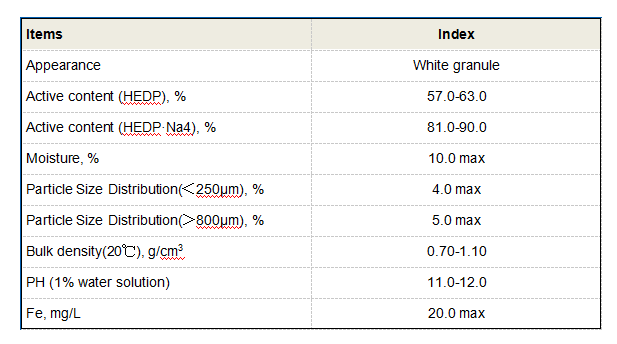Flocculants and Coagulants Differences in Water Treatment Applications Explained
Flocculant vs. Coagulant Understanding the Differences and Applications in Water Treatment
When it comes to water treatment processes, the terms flocculant and coagulant are often used interchangeably, leading to confusion about their distinct roles and functions. Both play crucial roles in the clarification of water, but they serve different purposes and work under different mechanisms. Understanding these differences is essential for anyone involved in water treatment or environmental management.
Coagulants Initiating the Process
Coagulants are chemical agents that promote the aggregation of suspended particles in water. They work by neutralizing the charges that hold these particles apart, allowing them to come together and form larger clusters called flocs. Common coagulants include aluminum sulfate (alum), ferric chloride, and polyaluminum chloride. The addition of these substances alters the ionic balance of the water, causing the finer particles to destabilize due to charge neutralization.
The coagulation process typically occurs in two stages first, the coagulant is mixed with the water to promote initial particle interaction; second, gentle mixing continues to encourage the formation of larger flocs. This process is generally fast and requires careful monitoring of pH and dosage to ensure optimal performance. Coagulants are particularly effective for treating turbid waters where suspended solids need to be removed.
Flocculants Enhancing Aggregation
While coagulants initiate the aggregation of particles, flocculants help in the further growth of these flocs, making them larger and more easily removable from the water. Flocculants are often high molecular weight polymers that increase the size of the flocs created by the coagulants, allowing them to settle more rapidly in sedimentation tanks. Common flocculants include polyacrylamides and other organic polymers.
flocculant vs coagulant

The flocculation process typically follows coagulation and involves a gentle mixing or slower agitation of the water to allow the expanded flocs to aggregate further. This step is crucial, particularly in large-scale water treatment facilities, as it significantly enhances the efficiency of sedimentation and filtration processes. Without adequate flocculation, the smaller flocs may not settle effectively, leading to insufficient removal of impurities and a poorly treated effluent.
Applications in Water Treatment
Both coagulants and flocculants are essential in various applications across water treatment plants, wastewater treatment, and industrial processes. In drinking water treatment, for instance, coagulants are key to removing turbidity and pathogens, thereby improving water quality. Following coagulation, flocculants are introduced to enhance the size and settling of flocs, leading to clearer and safer drinking water.
In industrial settings, the roles of coagulants and flocculants can vary significantly based on the specific characteristics of the wastewater being treated. They may be utilized to remove oil and grease, heavy metals, and other pollutants in processes such as paper manufacturing, mining, and petrochemicals.
Conclusion
In summary, while both coagulants and flocculants are integral to the water treatment process, they have distinct functions. Coagulants initiate the process by destabilizing suspended particles, while flocculants enhance the aggregation of these particles into larger flocs for efficient removal. Understanding their differences helps ensure the proper selection and application of these chemicals, leading to effective water treatment solutions. Whether in municipal water treatment or industrial applications, the right choice of coagulant and flocculant can make all the difference in achieving water clarity and quality.
-
Pbtc Scale InhibitorPBTC: A Scale Protector for Industrial Water TreatmentNewsAug.05,2025
-
Organic Phosphonate: An Efficient Defender in the Field of Scale InhibitionNewsAug.05,2025
-
Hydrolyzed Polymaleic Anhydride: Green Pioneer in Scale Inhibition FieldNewsAug.05,2025
-
PAPEMP Polyamino Polyether Methylene Phosphonic Acid For SaleNewsAug.05,2025
-
Flocculant Water Treatment: A Pioneer in Purification in the Field of Water TreatmentNewsAug.05,2025
-
Benzyl Isothiazolinone: An Efficient and Broad-Spectrum Antibacterial Protective GuardNewsAug.05,2025





